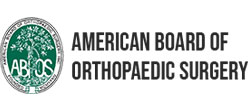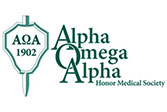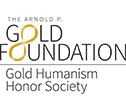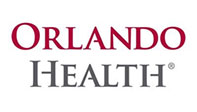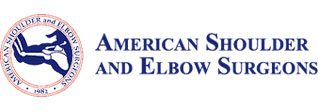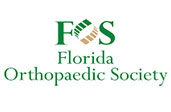Management of a Humeral Shaft Non-union with Concomitant Rotator Cuff Tear Arthropathy
In this article, we describe the unique presentation of an 83-year-old, right-hand dominant male with severe right arm dysfunction secondary to a humeral shaft non-union in the setting of ipsilateral CTA. The case highlights the options for, and difficulty in, managing these concomitant pathologies in a medically frail individual who has lost meaningful upper extremity function and independence because of this injury.
Common causes and treatments for a separated shoulder
A shoulder separation is an injury to the acromioclavicular joint on the top of the shoulder. The shoulder joint is formed at the junction of three bones: the collarbone (clavicle), the shoulder blade (scapula), and the arm bone (humerus). A shoulder separation occurs where the clavicle and the scapula come together.
In terms of glenoid defects, does size matter?
Apparently so. A new study looking at the postoperative recurrence rate after arthroscopic bony Bankart repair found that it was lower in male competitive rugby and American football players with a large glenoid defect, in fact 3x lower, than in those with a small glenoid defect.
Acetaminophen’s role in pain management after arthroscopic rotator cuff repair
Including acetaminophen for pain management prior to and after arthroscopic rotator cuff repair can significantly reduce opioid consumption and improve patient satisfaction postoperatively. Not only that, but patients who take acetaminophen perioperative can also have better pain control, even while consuming fewer opioids.
What is frozen shoulder?
Pain and stiffness in your shoulder can make every activity including sleep difficult. Worsening shoulder pain, especially at night, could mean you have a frozen shoulder, says Dr. Christopher Camp, a Mayo Clinic orthopedic surgeon.

